Flatbed trailers stand as the pivotal workhorses of freight transportation, offering flexibility and durability that many other trailer types cannot match. One of the core components influencing their performance, longevity, and safety is the type of steel used in their construction. This article delves deep into the specific steels utilized in flatbed trailers, discusses their properties, evaluates their advantages and limitations, and guides you in making informed decisions for your flatbed trailer needs.
Types of Steel Used in Flatbed Trailers
The selection of steel for flatbed trailers is not a trivial matter; it significantly impacts the weight capacity, resistance to corrosion, and overall functionality. Here, we categorize the most commonly employed steel types in flatbed construction:
| Type of Steel | Description | Applications | Benefits | Drawbacks |
|---|---|---|---|---|
| Mild Steel (Low Carbon Steel) | Generally contains 0.05% to 0.25% carbon. | Standard flatbed trailers. | High ductility, weldability, and affordability. | Lower tensile strength compared to high-carbon steel, may rust if untreated. |
| High-Strength Low-Alloy (HSLA) Steel | Contains small amounts of alloying elements such as manganese and chromium. | Heavy-duty flatbed applications. | Offers excellent strength-to-weight ratio, improved corrosion resistance. | More expensive than mild steel, requires specialized welding techniques. |
| Stainless Steel | Contains a minimum of 10.5% chromium, providing a corrosion-resistant surface. | Applications needing high resistance to corrosion (e.g., food and chemical transport). | Superior corrosion resistance and aesthetics. | Higher cost, can be more difficult to work with when fabricating. |
| Microalloyed Steel | Treated with small amounts of alloying materials, enhancing mechanical properties. | Used in high-capacity trailers. | Extremely strong, designed for weight-bearing efficiency. | Higher initial costs and requires advanced fabrication methods. |
| Tool Steel | High hardness and wear resistance; typically, a specialty steel. | Niche timber and structural applications. | Exceptional durability and heat resistance. | Limited application in standard trailers; expensive and harder to work with. |
An In-Depth Look at Each Steel Type
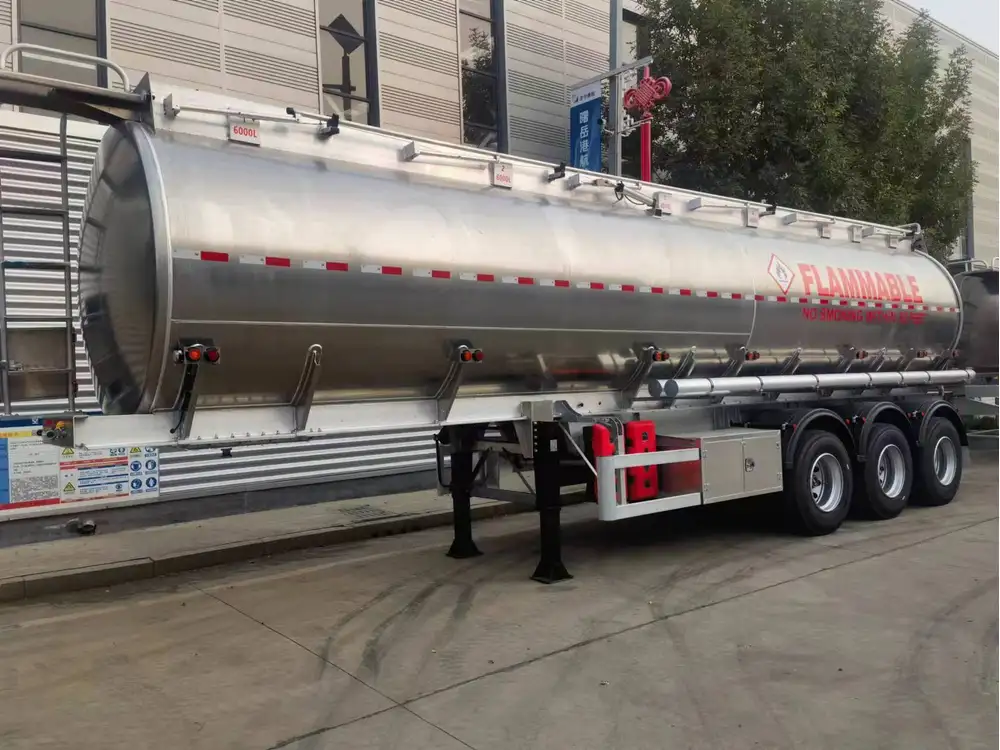
1. Mild Steel (Low Carbon Steel)
Mild steel is the most widely used steel for flatbed trailers due to its balance of cost-effectiveness and mechanical properties. With low carbon content, it is:
- Ductile: This facilitates bending and shaping, making it an ideal candidate for various trailer designs.
- Weldable: Mild steel can be easily welded, allowing manufacturers to fabricate trailers with intricate designs without structural weaknesses.
- Economical: Its affordability makes it accessible for small and medium-scale manufacturers, thereby influencing overall market pricing.
However, mild steel has its limitations, especially regarding rust resistance. Untreated mild steel can corrode over time, requiring coatings or treatments that further impact the cost.
2. High-Strength Low-Alloy (HSLA) Steel
When higher strength is a necessity, HSLA steel is often the preferred choice. This type of steel is crafted to deliver significant improvements in strength, formability, and corrosion resistance, often at a lower weight. Key highlights include:
- Lightweight Construction: HSLA enables manufacturers to produce lighter trailers without sacrificing durability. The reduced overall weight can lead to greater fuel efficiency.
- Enhanced Resistance to Corrosion: This can result in prolonged trailer life, making HSLA a suitable option for both long-distance transportation and harsh environments.
Drawbacks of HSLA Steel
The initial investment cost for HSLA is higher than that of mild steel. Furthermore, specialized welding techniques may be necessary, which could add complexity to manufacturing.
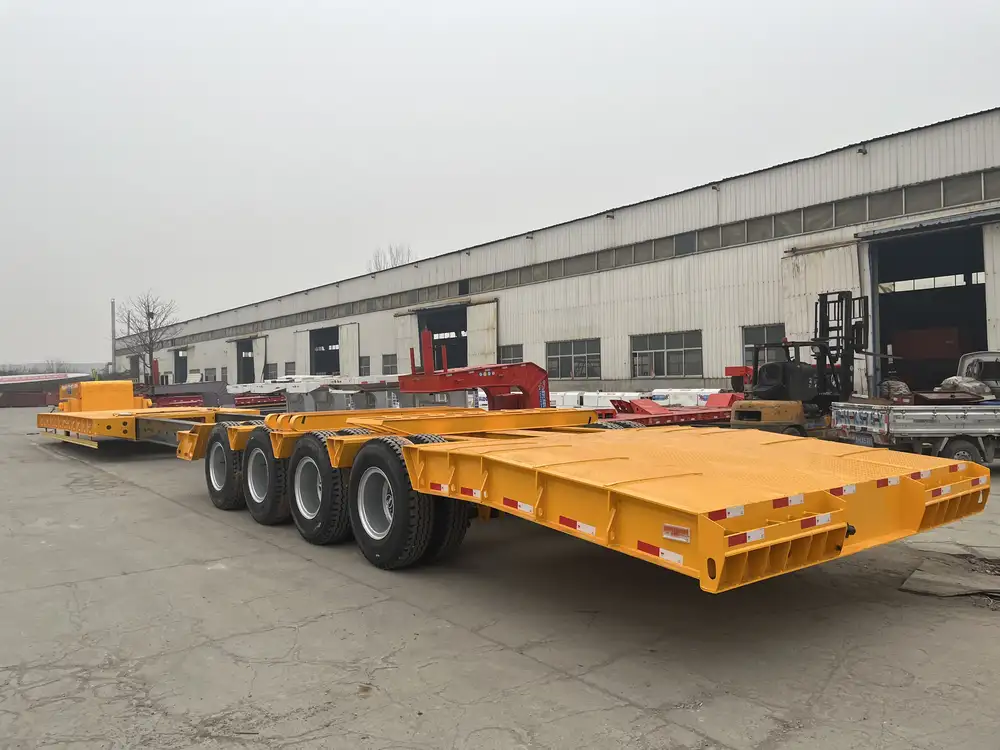
3. Stainless Steel
Stainless steel’s primary appeal is its ability to resist corrosion, making it the go-to choice for trailers that transport perishable goods. It maintains its aesthetic appearance while providing:
- Strength: Although stainless steel is generally heavier than other steel types, it offers excellent tensile strength.
- Low Maintenance: The corrosion resistance minimizes the need for ongoing maintenance and repairs, which can significantly lower operational costs.
Nevertheless, stainless steel can be prohibitive due to its higher price point and the requirement for specialized techniques in fabrication.
4. Microalloyed Steel
Microalloyed steels are engineered for high strength and denseness, ideal for heavy-duty applications. Their distinctive features include:
- Unmatched Durability: Microalloyed compositions enhance yield strength, allowing for the design of high-capacity flatbeds.
- Cost-Effectiveness Over Time: Although the upfront costs are high, the longevity and reduced maintenance needs can offset these expenses.
However, intricate manufacturing processes for microalloyed steel necessitate skilled labor and advanced equipment.
5. Tool Steel
Tool steel, while less common in standard flatbed applications, is noteworthy for specific purposes where extreme durability is crucial. Benefits include:
- Excellent Wear Resistance: Tool steel maintains its properties under tough working conditions which suit niche applications.
- Resistance to Thermal Deformation: This steel retains strength even in extreme temperatures, ideal for trailers used in extreme climates.
Despite its virtues, tool steel’s niche applications and elevated costs preclude it from being a mainstay in flatbed construction.

Factors Influencing the Choice of Steel
When choosing the steel for flatbed trailers, several factors should be considered beyond just the type of steel:
1. Load Capacity Requirements
The weight and type of cargo that the flatbed will carry are critical. Different steels provide various levels of strength, and selecting the suitable type ensures that the trailer can safely transport loads without structural failure.
2. Environmental Conditions
Operating environments can significantly impact steel performance. In coastal areas, for instance, select materials with enhanced corrosion resistance to tackle salty environments. Conversely, in areas with extreme temperature fluctuations, high-strength steels with good thermal properties may be essential.
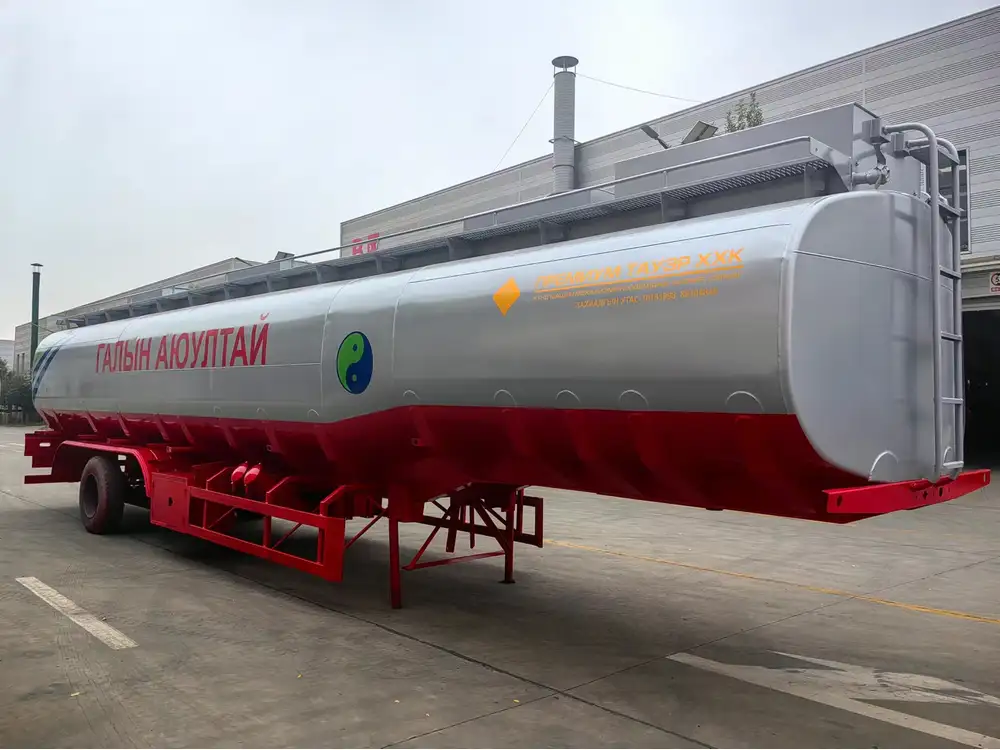
3. Cost Considerations
While it is tempting to select the cheapest option, the long-term cost implications should be carefully analyzed. Durable steels may present a higher upfront expense but can lead to lower maintenance and replacement costs over time.
4. Regulatory Compliance
Certain industries require adherence to strict safety and performance standards. Understanding these regulations can help guide the choice of material and design, ensuring both compliance and safety.
Maintenance and Care for Steel Flatbed Trailers
Even the most robust steel materials require care and maintenance to extend the life of a flatbed trailer. Here are some essential maintenance tips:
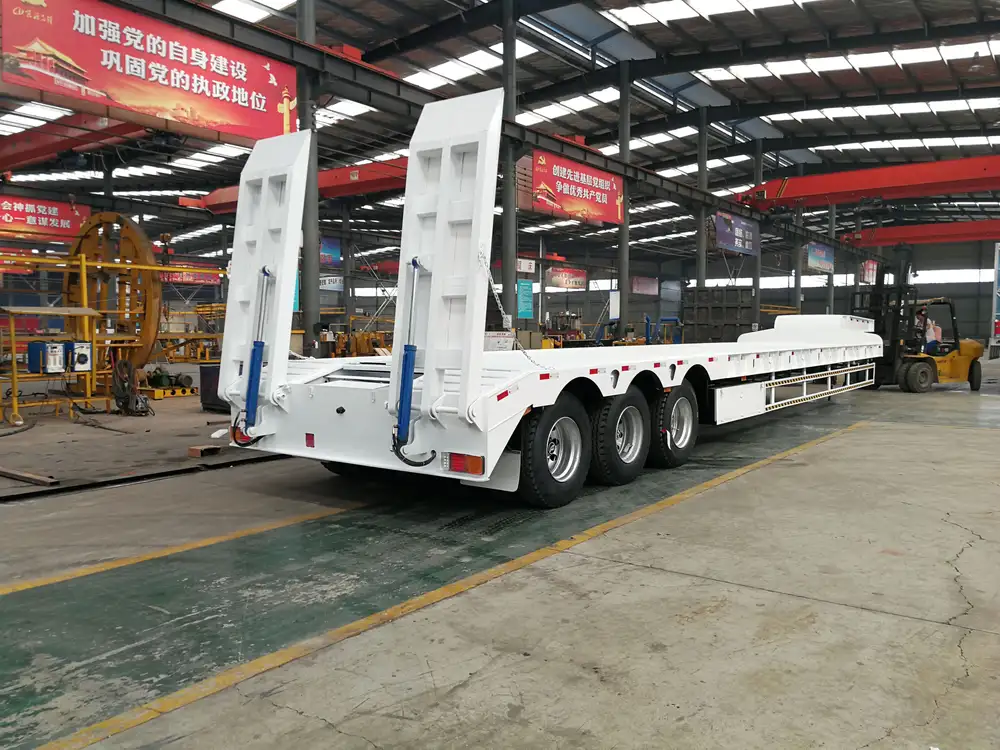
1. Regular Inspections
Routine examinations should focus on key areas where damage or wear may occur. Look out for:
- Rust or Corrosion: Especially for mild steel, catching signs early can mitigate further damage.
- Structural Integrity: Be vigilant for bends or cracks which may indicate underlying issues.
2. Cleaning
- Immediate Cleaning: Remove dirt and salt deposits promptly to avoid corrosion.
- Protective Coating: Applying rust inhibitors or protective paints can help prolong the life of the trailer.
3. Repair Rather than Replace
When damage occurs, consider repairs over complete replacements where feasible. This approach can often yield significant cost savings.
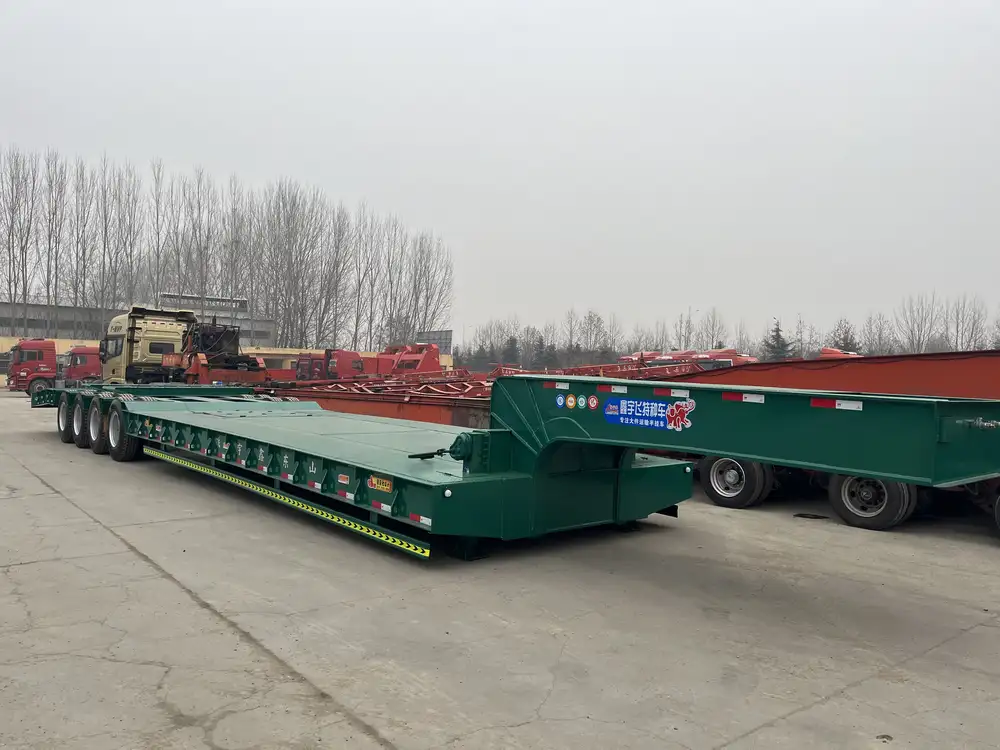
Conclusion: Steel Selection for Flatbed Trailers
In summary, the choice of steel used in flatbed trailers is a multifaceted decision that requires careful consideration of various factors including load requirements, environmental conditions, costs, and maintenance needs. Establishing a clear understanding of the pros and cons of each steel type aids in ensuring that your flatbed trailer performs optimally and safely throughout its operational lifespan. By investing in high-quality materials tailored to your specific application, you are not only ensuring the safety of your operations but also enhancing your overall profitability in a competitive market.



